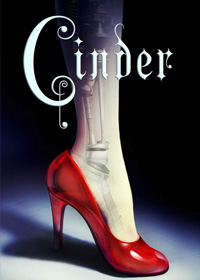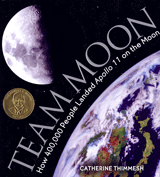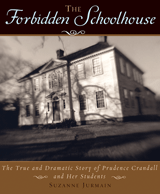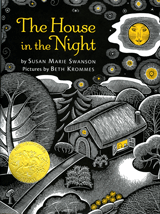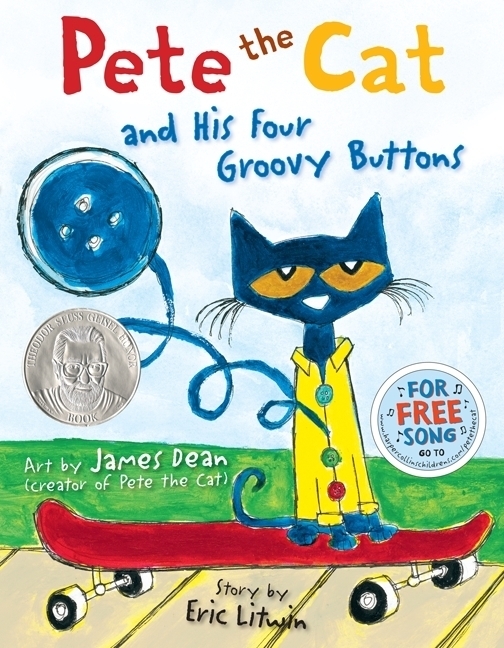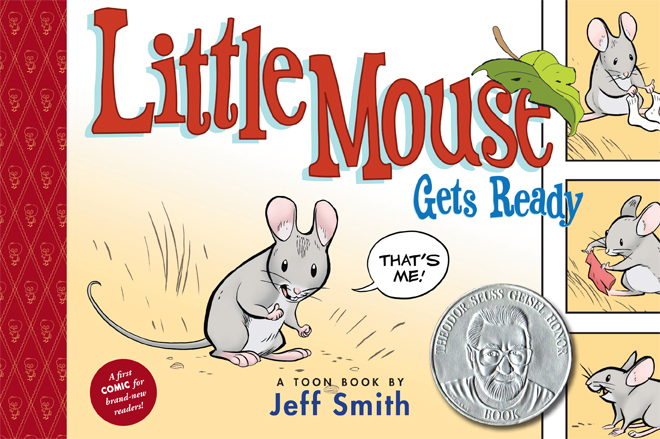 |
| Book cover from G.M. Frazier |
The book starts with this: "The summer I turned sixteen I shot a man. It was 1969. Neil Armstrong walked on the moon. Hurricane Camille destroyed our farm. And I shot a man."
What a way to set the scene! Nelson, the narrator, tells the story of how that one summer changes his life. He lives in a small town in Mississippi. He works at a gas stations, helps out on the family farm, and helps take care of his little sister. Nelson's relationship with his best friend Frankie has started to change, and Nelson doesn't know why. He meets Mary Alice, who moves in next door with his aunt Charity for the summer. He dreams of the car he is saving up to buy on his birthday. Things in his life and in town are changing all at once, and Nelson deals with all these changes as they come. He is a strong character who learns about life and about himself in how he deals with each situation.

